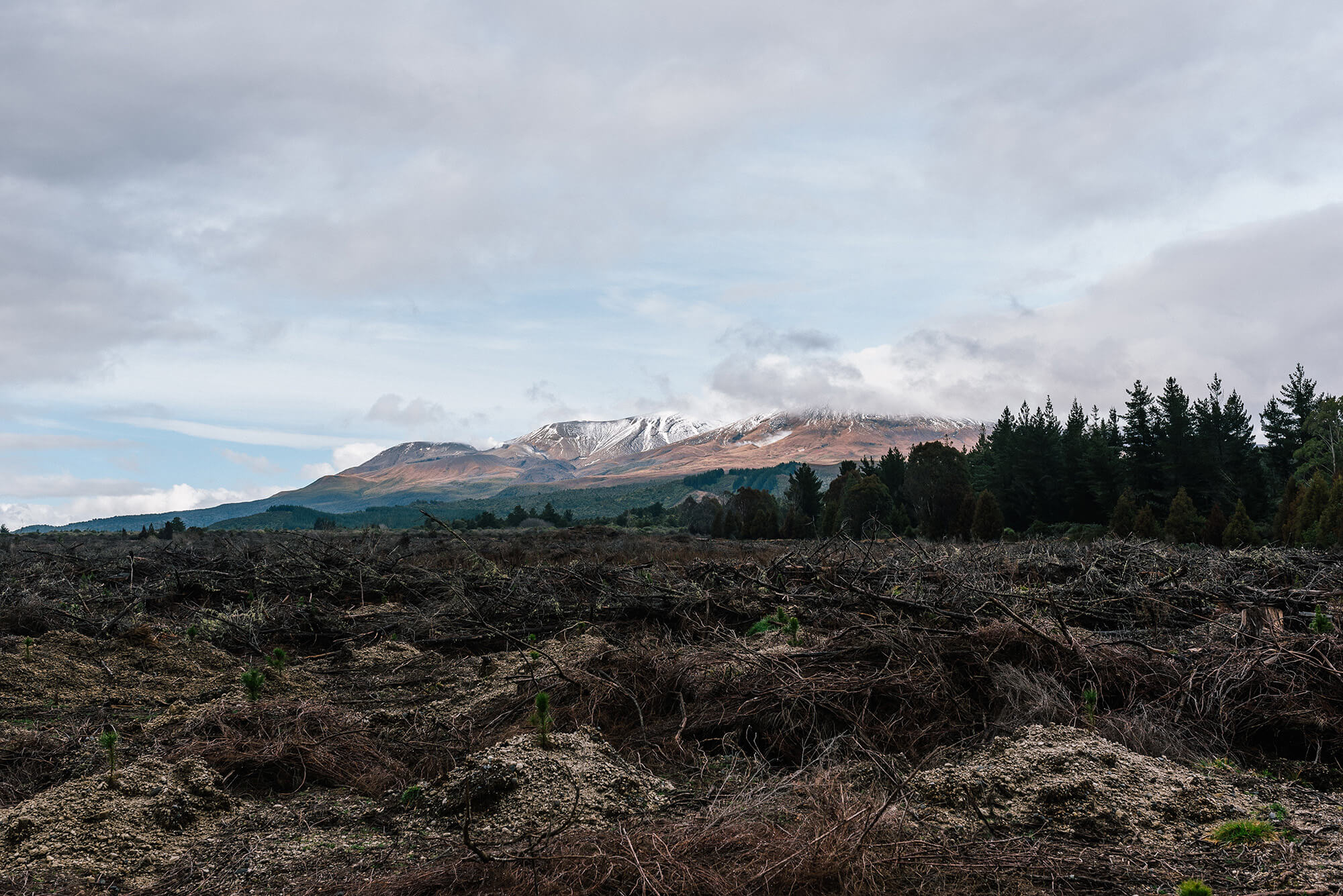 |
| Reviews and Templates for Expression We |
Our Forest Future

The full article is available here: http://pureadvantage.org/news/2016/04/22/our-forest-future/
Executive Summary
The economic and environmental challenges we face today are wickedly complicated and global in scope. As an organisation, as a person, it can be hard to know what to do. That’s why we need to focus on the parts of these problems, on the parts where we know we can make a difference.
One part is trees. This discussion paper makes the case for how we can make our country wealthier, and how we can secure our nation against various risks, by expanding our forests.
(Chapter I) The take-home message is this: It is in our national interest not only to start planning for “our forest future”, but to start planting our future forests now.
(Chapter II) Yet we are currently heading in the opposite direction. New Zealand is trending toward net deforestation—that is, we are cutting down more trees than we are planting. We are going against the grain of good environmental sense and the spirit of responsible stewardship.
(Chapter III) So this report shows that trees create a range of personal, material, and economic benefits. These benefits enhance personal wellbeing, improve natural assets like soil and water quality, and create diverse economic opportunities.
(Section IV) Moreover, these benefits fall upon not only forest owners, but also surrounding communities and future generations. Once we take these wider interests into account—that is, once we take the perspective of the national interest—we see why good environmental sense makes good economic sense too.
(Section V) By contrast, to undertake net deforestation invites risks to New Zealand’s resilience and prosperity. These avoidable risks include degradation of our environmental assets, getting offside with currents in international climate politics, and lost economic opportunities by failing to transition to a more sustainable, more prosperous forestry industry.
(Chapter VI) Accordingly, this report calls for a national forest strategy. It calls for the creation of long-term plans to establish future forests that cover 1.3 million hectares of New Zealand, to offset our agricultural emissions and to position New Zealand on a feasible course for a net-zero greenhouse gas emissions future.
(Chapter VII) This report proposes focusing on three priority areas: erosion-prone land, waterway margins, and urban forest. Although this is ambitious in scale, these are all areas where the benefits of forest are multiplied due to the environmental co-benefits or, in the case of urban forest, population density.
(Chapter VIII) This report also recommends four principles of action: (1) expansion, (2) permanence, (3) appropriate diversification, and (4) guardianship. In other words, we need to expand our total forest cover, prioritise permanent forest or permanent land use for forestry, embrace the diversification of forest stocks to reflect local circumstances and landowner preferences, and bolster our guardianship of new and existing forests from pests and other threats.
(Chapter X) This report then maps out the complex space in which tree-planting occurs by drawing on various combinations of capital, labour, and land. Mapping out this afforestation space makes clear that shortage of capital is the greatest obstacle to new forest planting. But it also sheds light on how we could increase capital flows to tree-planters, particularly by strengthening the relations of responsibility between polluters and anti-polluters, between those degrading our natural assets and those enriching them.
(Annex I) Finally, this report discusses the elephant in the room: the Emissions Trading Scheme (or ETS). This complicated policy mechanism, currently under review, was supposed to shift capital from polluters to anti-polluters by creating a carbon price—yet it has failed to incentivise afforestation as it was supposed to. Accordingly, this report recommends making the ETS accountable to its outcomes, so that we start to ask not what the forests can do for the ETS, but what the ETS can do for forests.
|
|
|
|
Copyright remains with the original authors |